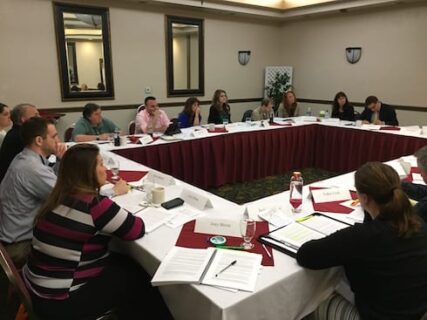
The Cold War
Gather with a small group of teachers from around the country for three days immersed in discussion and exploration of a single topic in American history. Multi-Day Seminars are a free opportunity for teachers hosted near an important historical site. Teachers will prepare ahead of time for seminars by reading selected historical documents in the provided course packet. Once the seminar begins, the discussion leader guides a peer-to-peer, text-based conversation among all participants. Meals, materials, double-occupancy rooms, and historical site visits are 100% covered by Teaching American History. At the end of each course, every teacher receives a letter of participation for fifteen contact hours of continuing education and a stipend of $600 to help defray travel costs.
In this seminar, which features a tour of the Ronald Reagan Presidential Library, we will use a variety of primary sources, including items from the Reagan Library, to discuss key events in the Cold War. Spanning almost a half-century, the Cold War had its origins in World War II, a conflict that brought the United States and the Soviet Union together as allies. How and why did this partnership fall apart? We will address this significant problem in our first session, then turn our attention to the impact of the Cold War on the home front, with special attention to Soviet espionage inside the United States, the rise of Senator Joseph McCarthy, and civil defense. The American determination to prevent the spread of communism led to wars in Korea and Vietnam and the use of covert operations against foreign governments. In our examination of the late Cold War, we will focus on President Reagan’s efforts to weaken the Soviet Union but also his goal to cooperate with its last leader, Mikhail Gorbachev, especially on arms control. In our final session, we will trace the rapid succession of events—some expected, others quite surprising—that finally brought a peaceful end to the Cold War.
